Thoi An Communal House Relic. Photo: DUY KHOI
Like many other communal houses in Can Tho in particular and the Mekong Delta in general, Thoi An communal house was established during the years of reclaiming wasteland in the South during the Nguyen Dynasty. According to documents from the Relic Management Board, during the reign of King Gia Long (1802-1820), a number of villages were formed in the large area of present-day Can Tho, such as Tan An village, Thoi Thuan village, Binh Thuy village, Thoi An village, etc. In addition to expanding land, organizing administrative units, building bridges, building markets, etc., establishing a communal house was an essential need of the Vietnamese community.
The communal house is a place to worship the Gods who were appointed by the king, those who contributed to the country in fighting foreign invaders and expanding the territory. In addition, this place is also the administrative office of the village, a place of residence for travelers and especially a meeting place for villagers on holidays and festivals. Because of such an important function, in each village, people build a communal house. Depending on the economic capacity and population, the scale of the communal house is large or small. As for Thoi An communal house, according to the elders, in the early years of the 19th century, migrants who came here to live chose a high mound of land in Thoi Thuan hamlet, Thoi An commune to build a small communal house made of bamboo and leaves to worship the Gods (this communal house still exists today and has been renovated by the people with durable materials).
As life became more stable and prosperous, the residents paid more attention to their spiritual life. Therefore, they petitioned the local authorities and sent elders to Hue to ask the royal court to legalize Thoi An communal house. This need was completely consistent with the Nguyen Dynasty's policy of expanding the territory and pacifying the people, so in 1852, King Tu Duc approved the decree to confer on Thoi An communal house the title of Bon Canh Thanh Hoang. Since the decree was issued, the villagers met to discuss and choose a location and joined hands to rebuild the new communal house worthy of the king's and the village's favor (1).
Thoi An communal house has a structure in the shape of the letter Nhat, facing East. In front of the communal house is a theater used to organize festivals and singing, specifically to organize opera during each Ky Yen Festival at the communal house. Between the theater are two shrines to worship Son Quan on the right (looking from the inside out) and Ngu Hanh on the left of the communal house. In front of the theater, on the left (looking from the inside out) is the altar to worship Than Nong - the place used to worship the God of Agriculture during each communal house festival.
"Thới An communal house stands out in the peaceful, idyllic countryside scene because of its large scale and a unique tiled roof system. The roof is divided into 3 parts, each part consists of 3 overlapping roof layers, while the middle part is divided into 3 roof clusters, the 2 side clusters have only 2 roof layers. The roof is covered with tube tiles (some places on the 1st floor were later replaced with yin-yang tiles) with green glazed roof edges, on the ridges are pairs of dragons facing each other, the ends of the roof are not curved upwards as usual, the edges of the ridges are decorated with colorful ceramic statues: fish transforming into dragons, unicorns... The distance between the roof layers is painted by artisans with flowers, birds, legends and poems that are now faded and unreadable. The entire roof structure is supported by a system of rafters and 6 rows of columns, each row has 10 pillars. The 3rd and 4th rows in the middle had an additional brick column built in 1945 to support it. roof. All outer columns are built of bricks, lime walls, column heads decorated with Corinthian vine, the remaining columns are made of round wood with a diameter of 40cm"(2).
From the martial arts hall to the main hall is a large yard. Passing through this yard, you will see the front of the communal house with 5 very sturdy wooden doors. Behind these 5 doors is the place of worship of the communal house. The worship space in the main hall of the communal house is arranged into 3 rooms: the front hall, the middle hall and the main hall. The front hall is the worship area located right next to the communal house door. Right in the middle of the front hall is the altar of President Ho Chi Minh. On both sides are 2 sets of tables and chairs for receiving guests. Not far from the altar of Uncle Ho is the altar of the Hundred Former Mandarins.
After the front hall area is the central hall area. Here is the altar of Hero Nguyen Trung Truc, with the inscription on the altar "Shang Dang Dai Than" - showing the utmost respect of the local residents for the hero in plain clothes, who led the army to fight against the colonialists who invaded the country.
Thoi An Temple's altar. Photo: DUY KHOI
In the innermost area is the main hall - the most solemn place of the whole communal house - worshiping Thanh Hoang Bon Canh - the god who governs, protects, and determines the fortunes and misfortunes of a village community. In the middle is the Thanh Hoang altar with the word Than placed on the altar bell. The altar bell is elaborately and beautifully carved. In front of the Thanh Hoang altar are two rows of weapons arranged on both sides, showing the majesty of the god. On the left (looking from the outside) is the Ta Ban altar, on the right is the Huu Ban altar. In this area, there are many horizontal lacquered boards, parallel sentences and many carvings of patterns, motifs, and parasols, looking very lively and solemn, further enhancing the sacredness of the communal house. In addition to the main altar worshiping Thanh Hoang, Ta Ban, Huu Ban, on both sides of the main shrine of the communal house, there are also many altars to worship other gods.
Every year, in addition to the four-season worship ceremonies, the biggest festival at the communal house is the Ky Yen Thuong Dien Festival held on the 14th, 15th, and 16th of the fourth lunar month and the Ky Yen Ha Dien Festival held on the 14th, 15th, and 16th of the twelfth lunar month. During these two festivals, the communal house's worshiping committee organizes rituals to worship Tuc Yet, Chanh Te, Than Nong, Thinh Sac and Hoi Sac ceremonies...
In addition to its cultural and architectural values, during the 9-year resistance war against the French colonialists, Thoi An Communal House was also the headquarters of the Provisional Administrative Resistance Committee of O Mon District. Having gone through many historical events, today the communal house still exists with its ancient features, bearing the mark of traditional Vietnamese architecture. With these historical values, in 2004 Thoi An Communal House was ranked as a Historical - Cultural Relic by the People's Committee of Can Tho City (3).
Huynh Ha
--------
(1) Can Tho City Monument Management Board (2004), "Historical and cultural relic of Thoi An Communal House (Thoi An ward, O Mon district)", pp.2-3.
(2) Can Tho City Monument Management Board, ibid, p.8.
(3) Can Tho City Monuments Management Board (2019), "Historical and cultural relics of Can Tho city", p.189.
Source: https://baocantho.com.vn/gia-tri-van-hoa-va-kien-truc-cua-inh-thoi-an-a186295.html


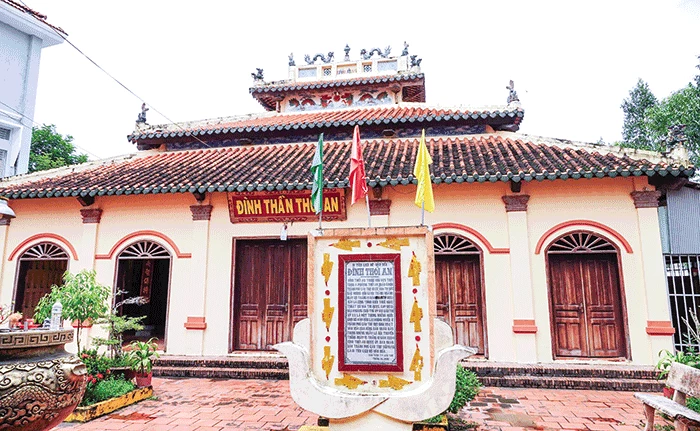
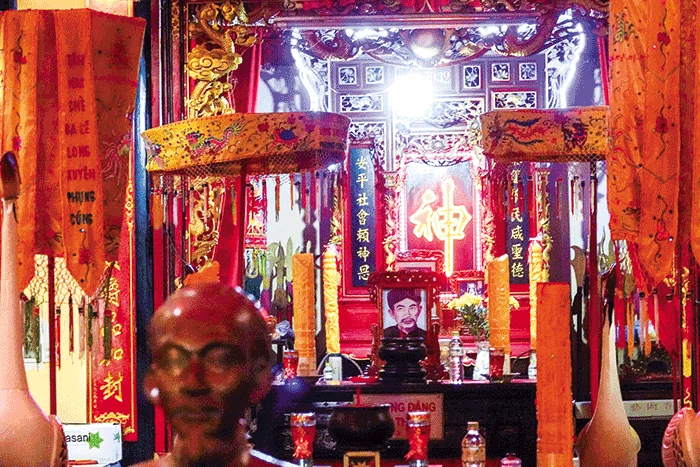

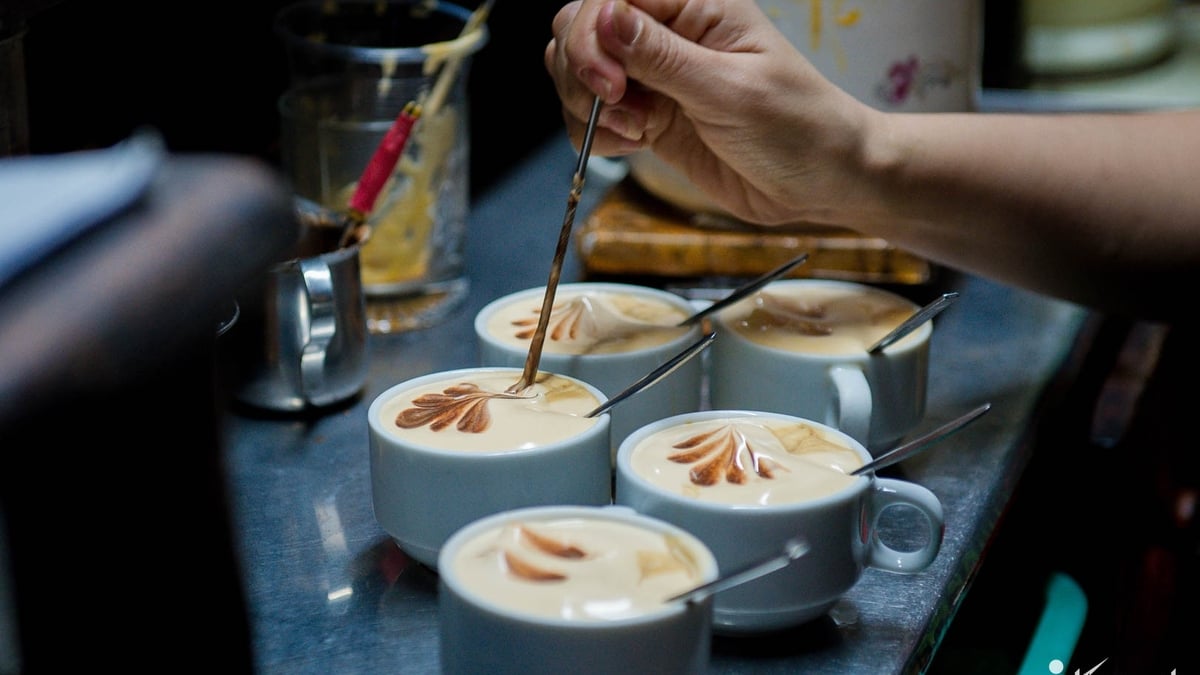




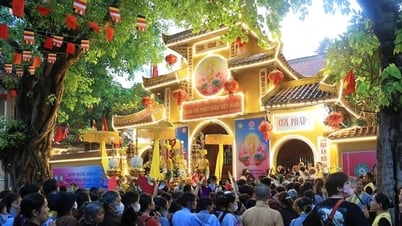

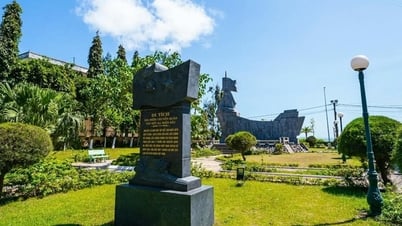
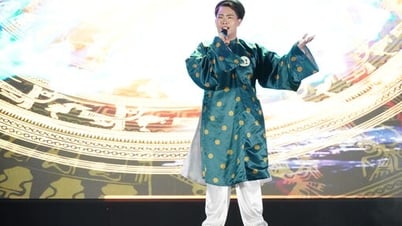

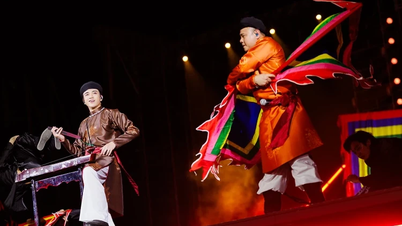




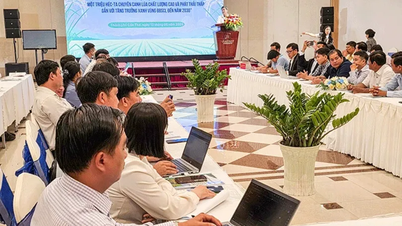
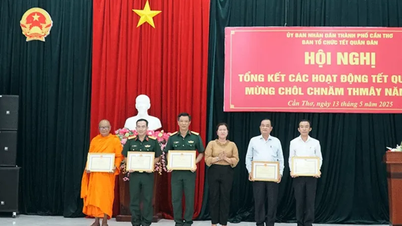
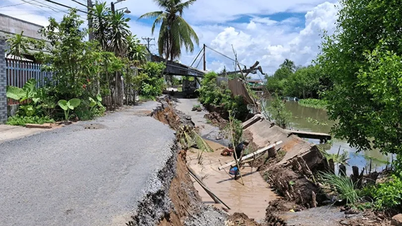

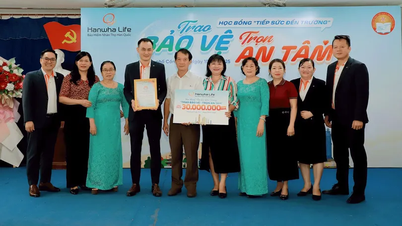
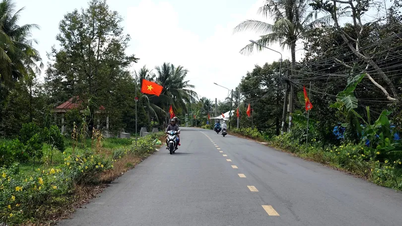
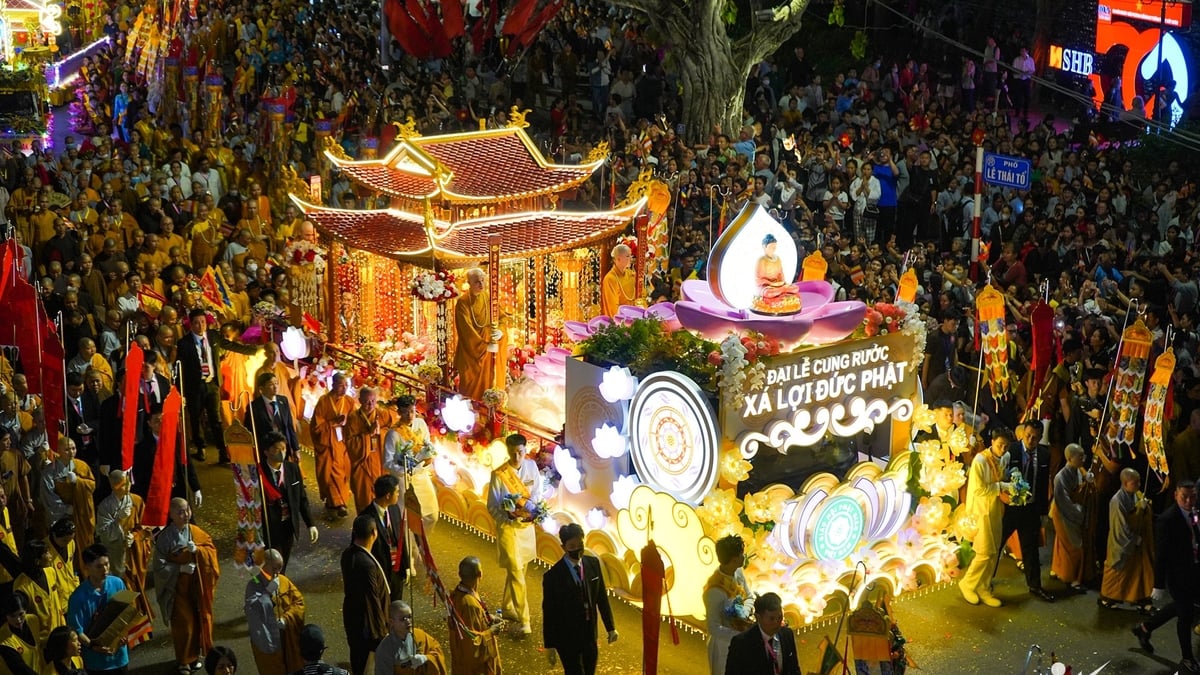
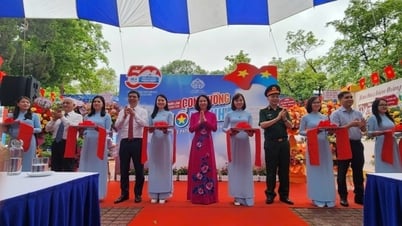

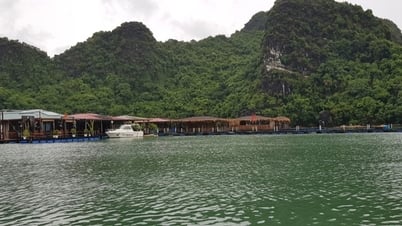











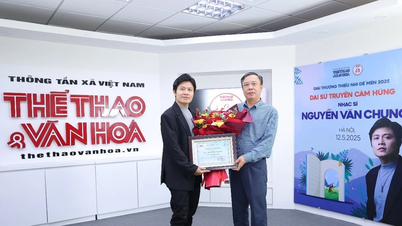



























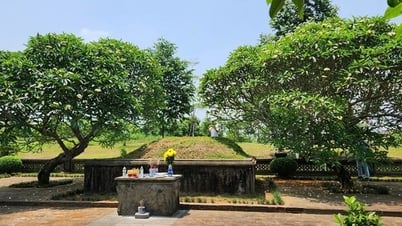



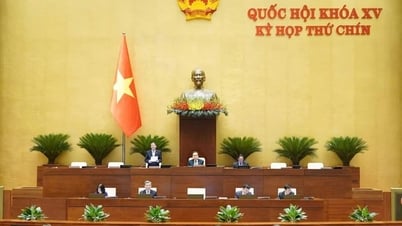







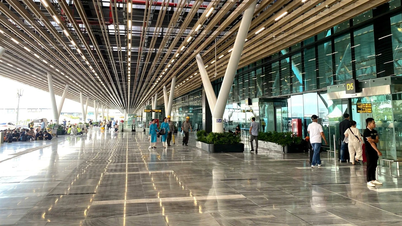
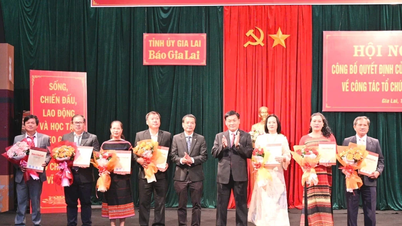








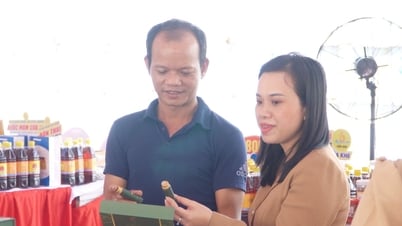

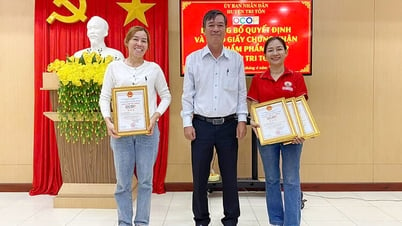


Comment (0)